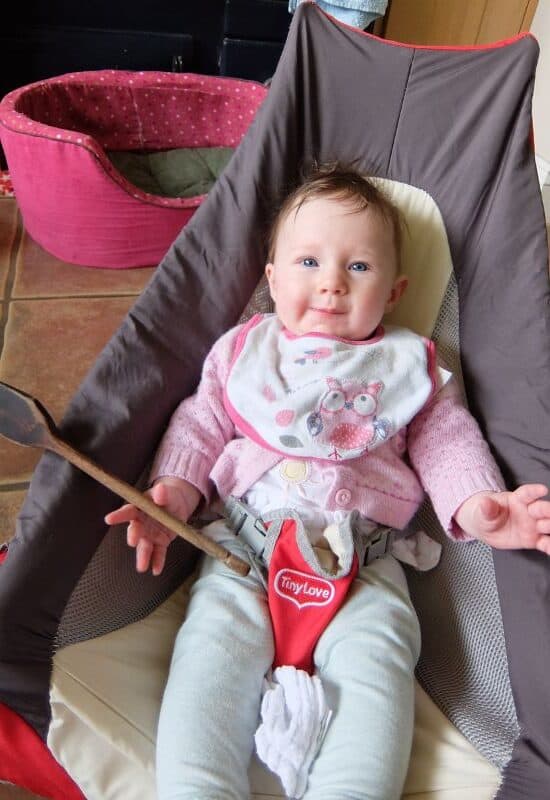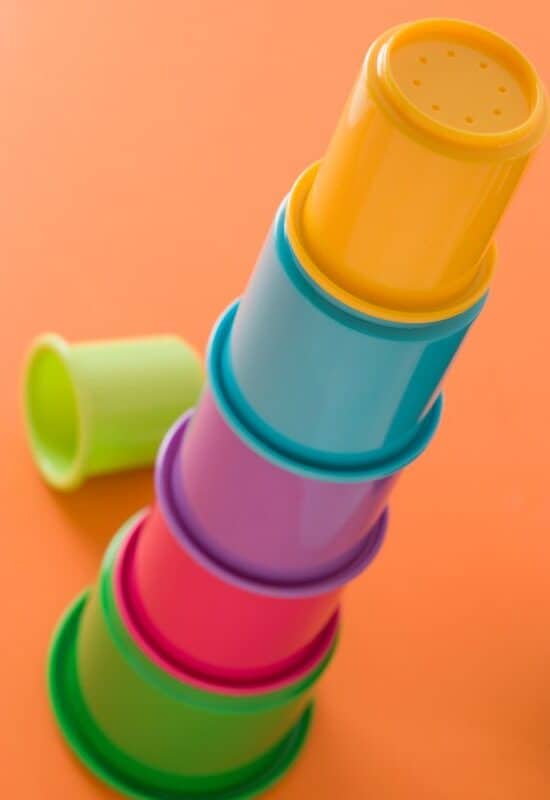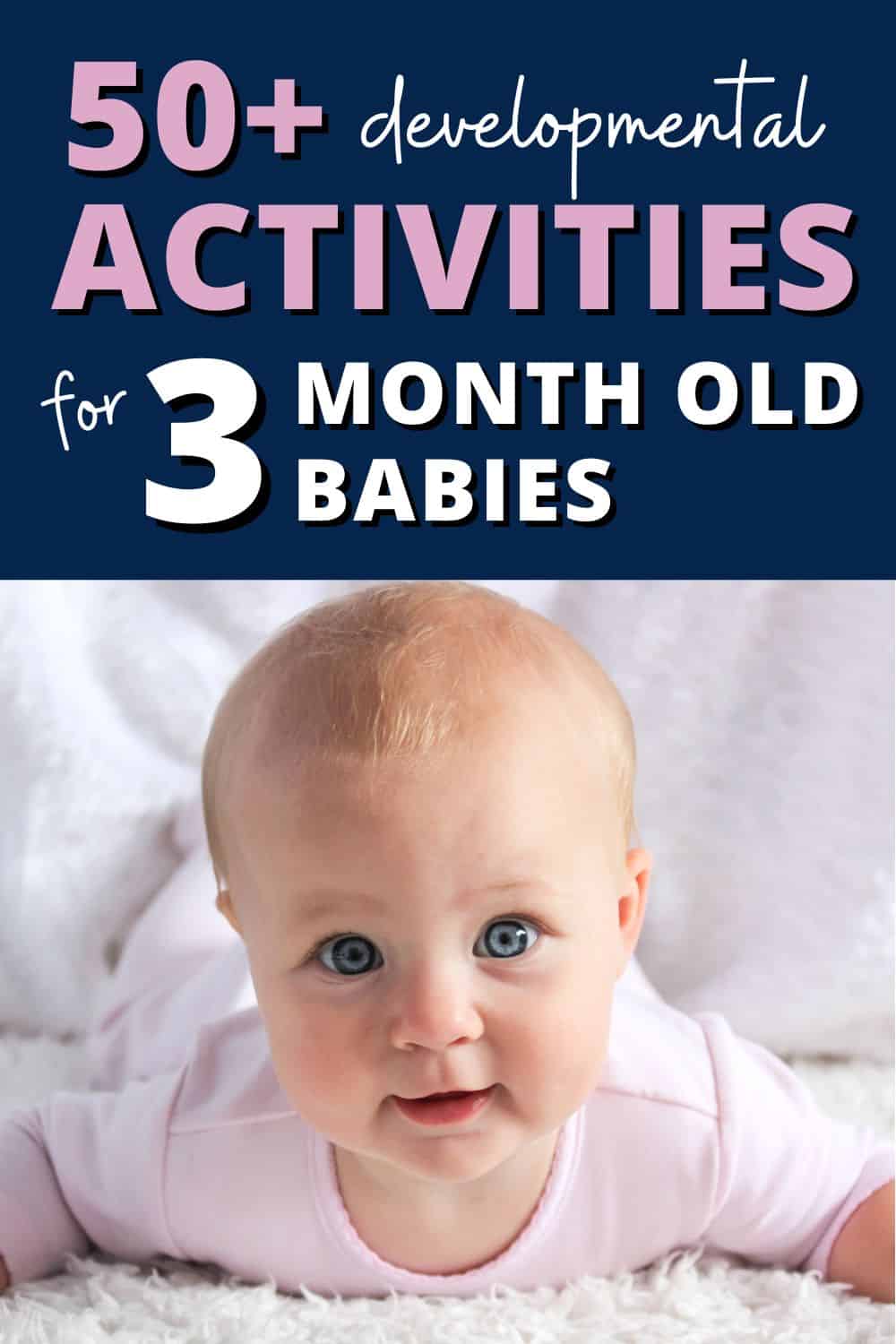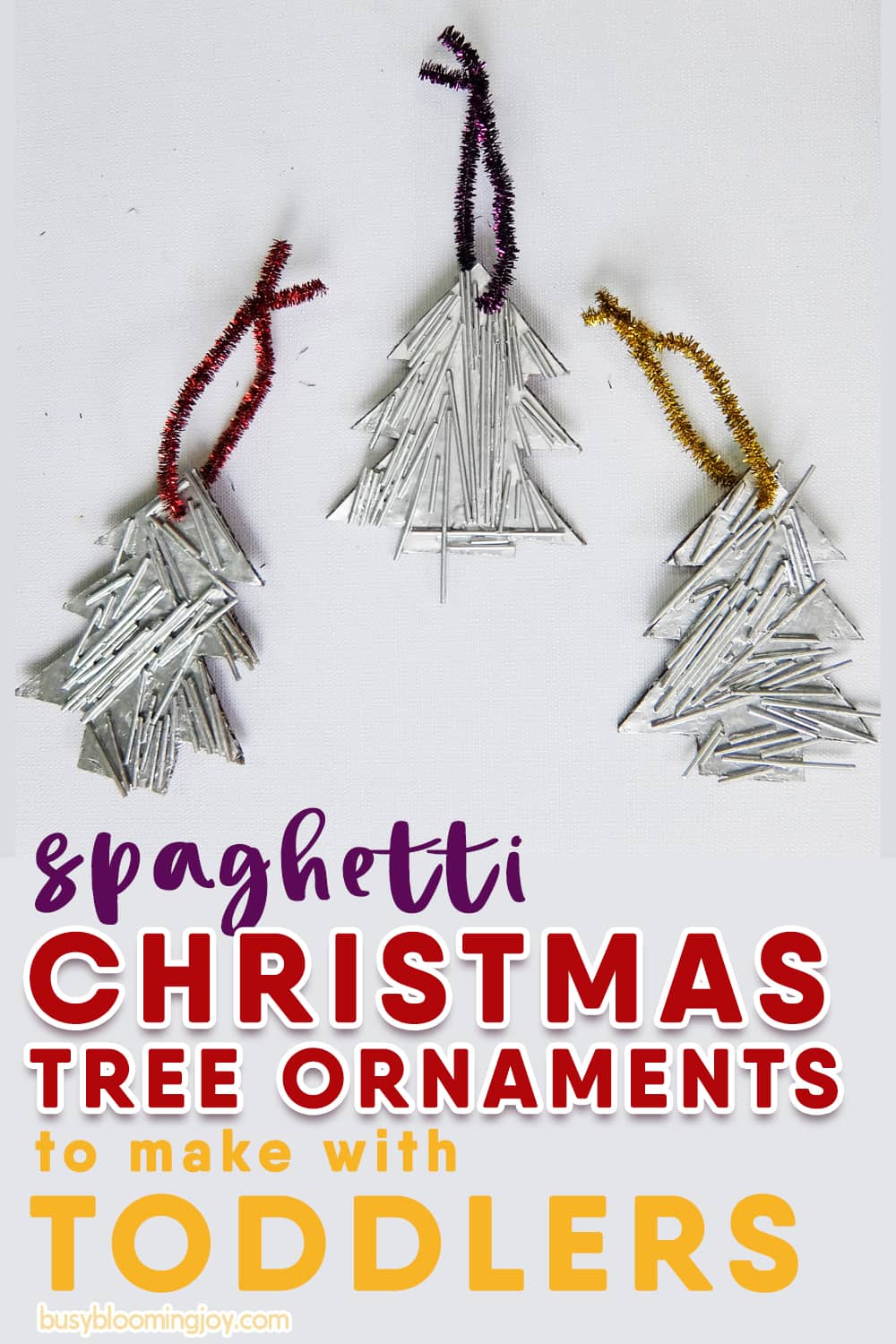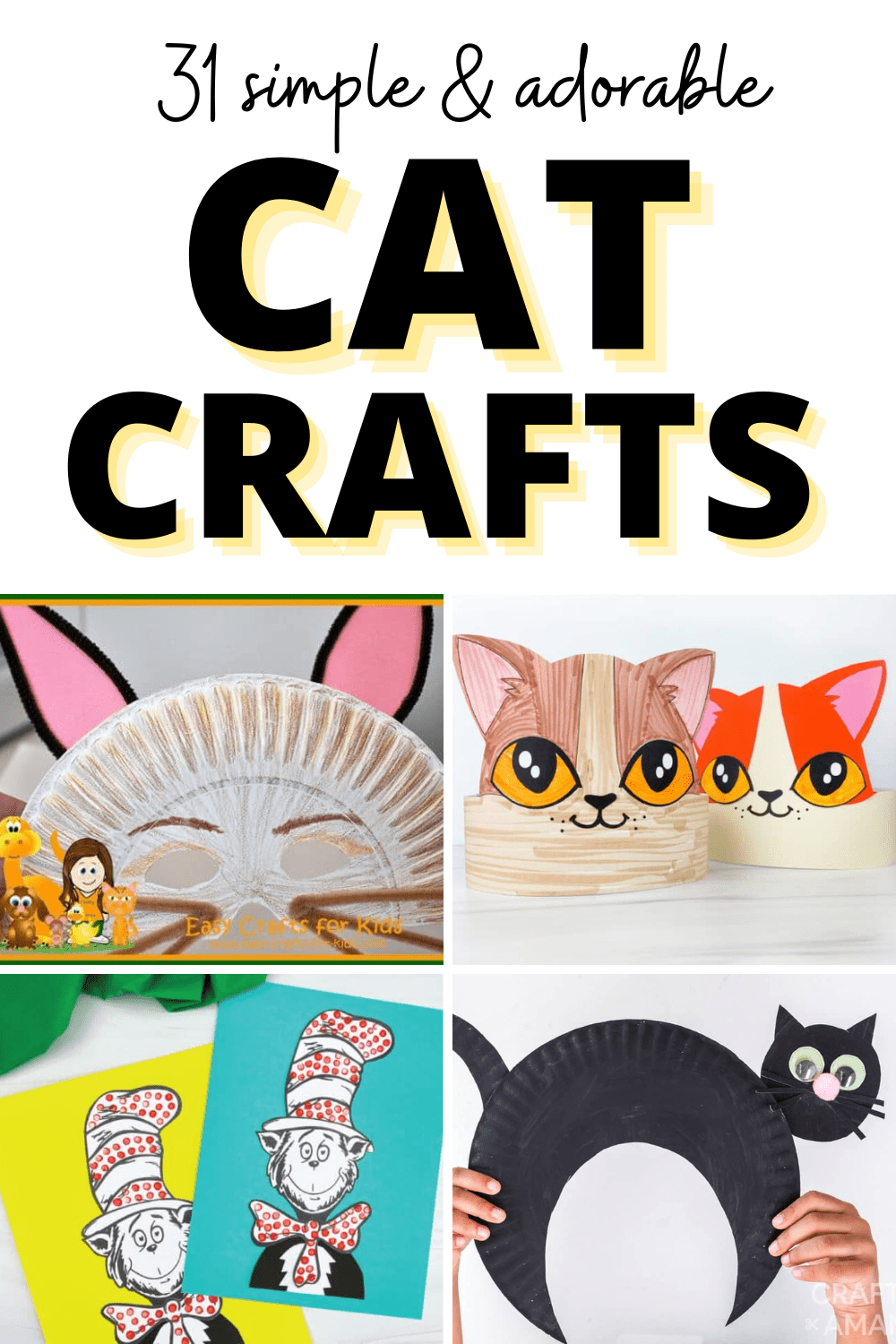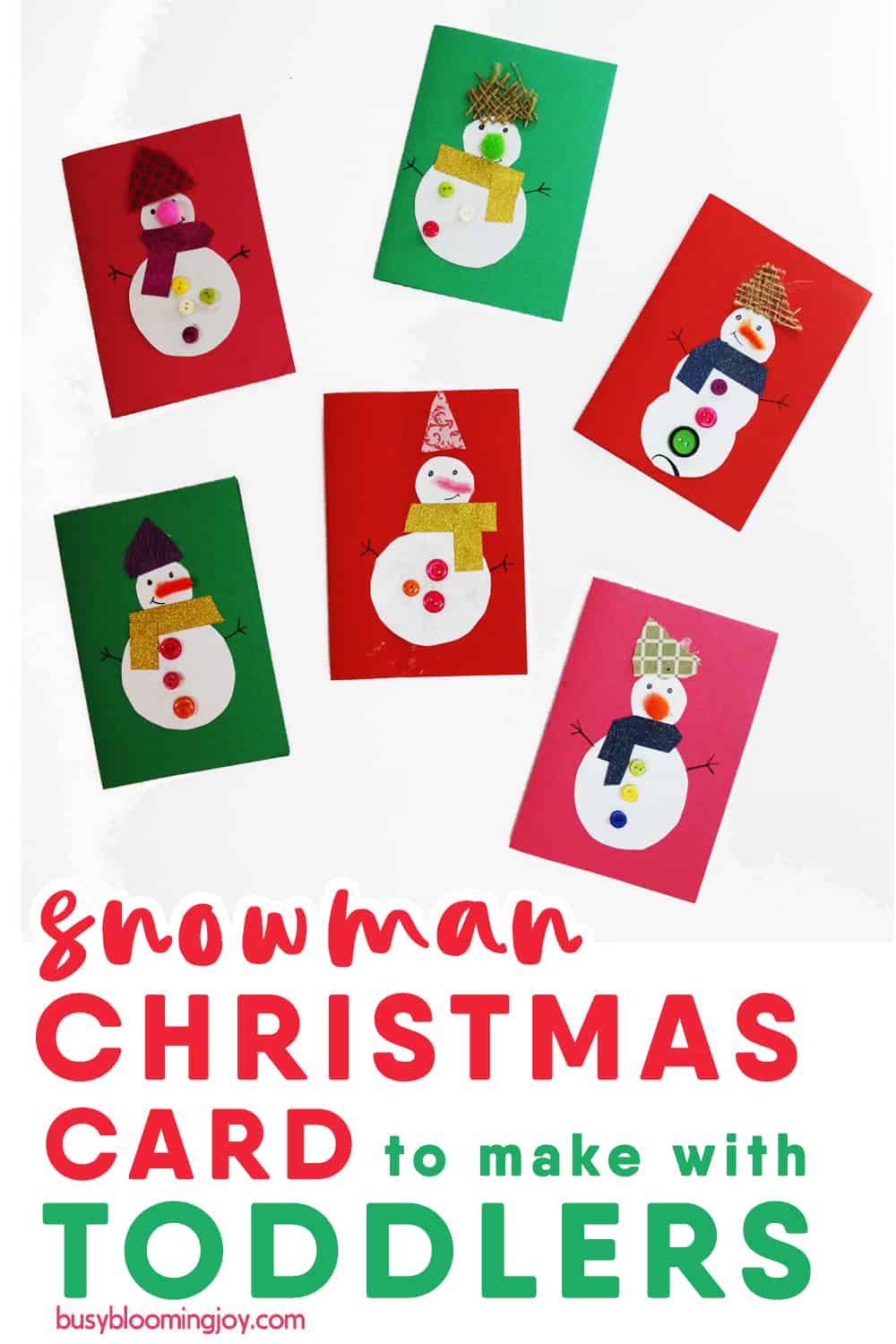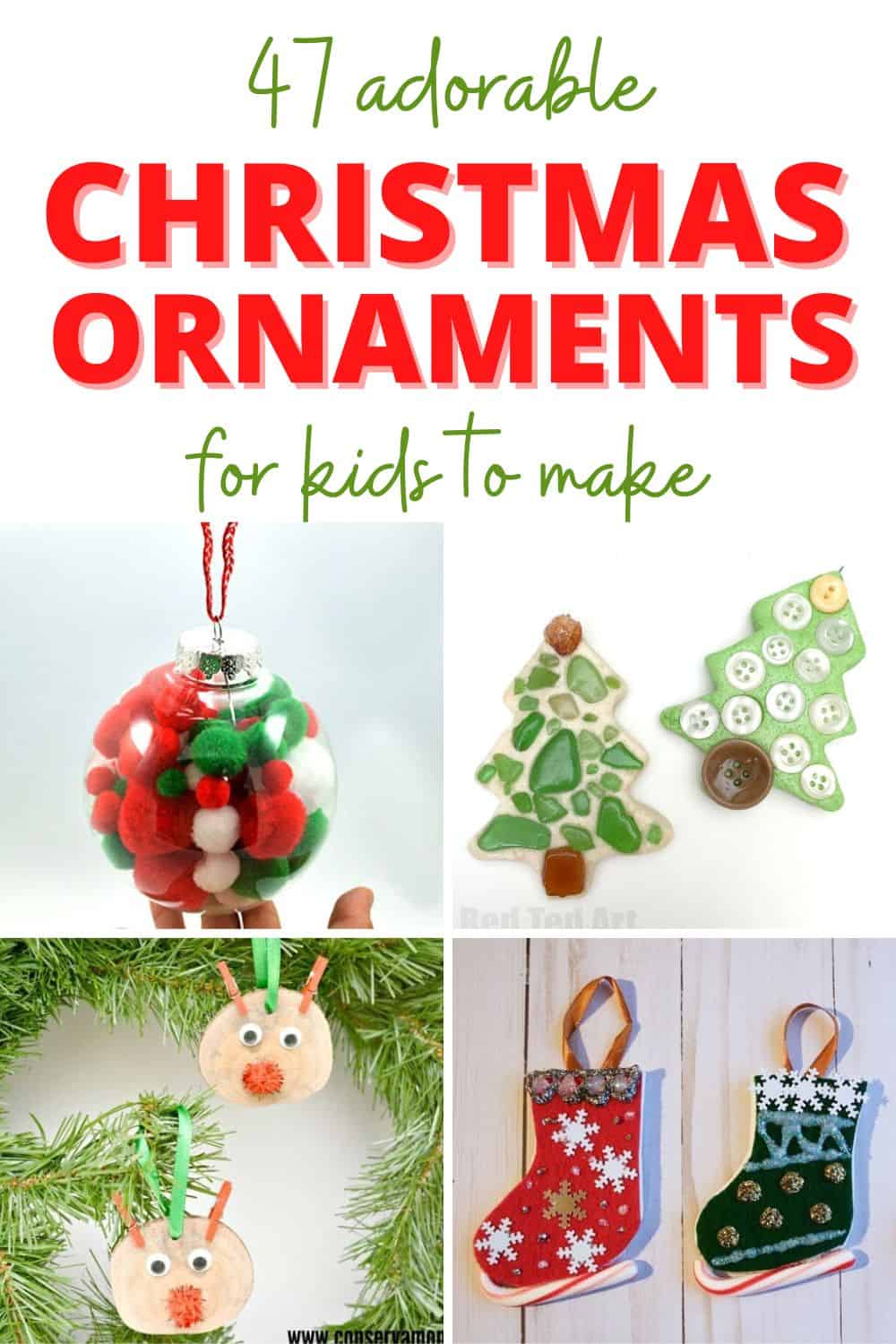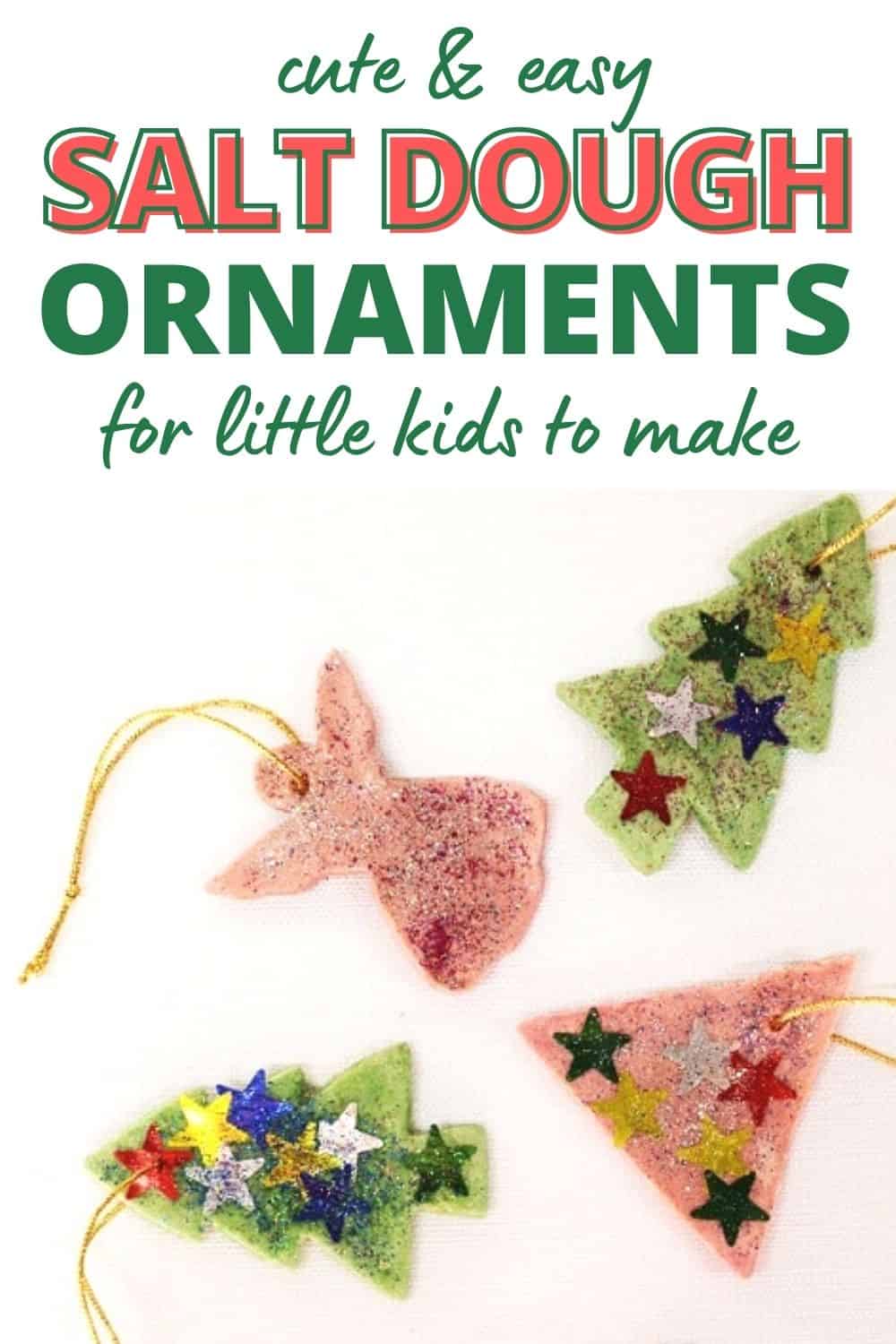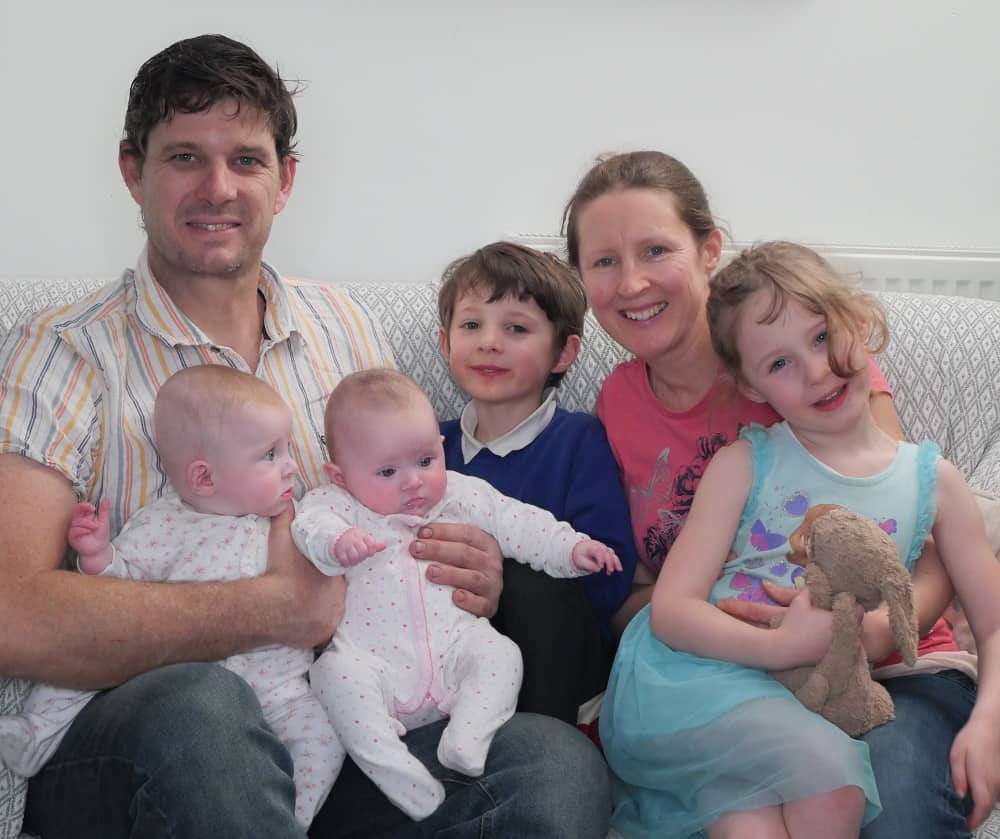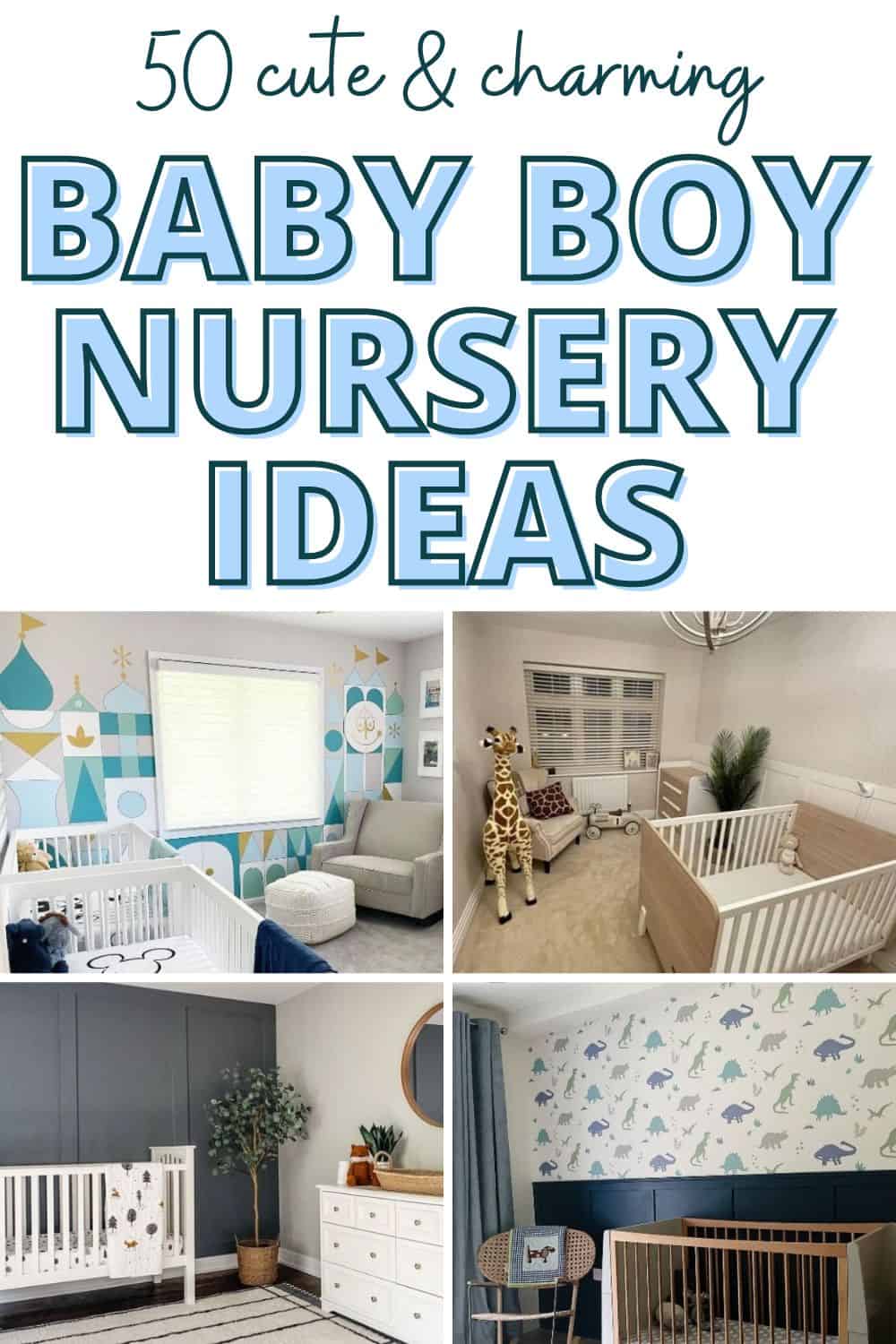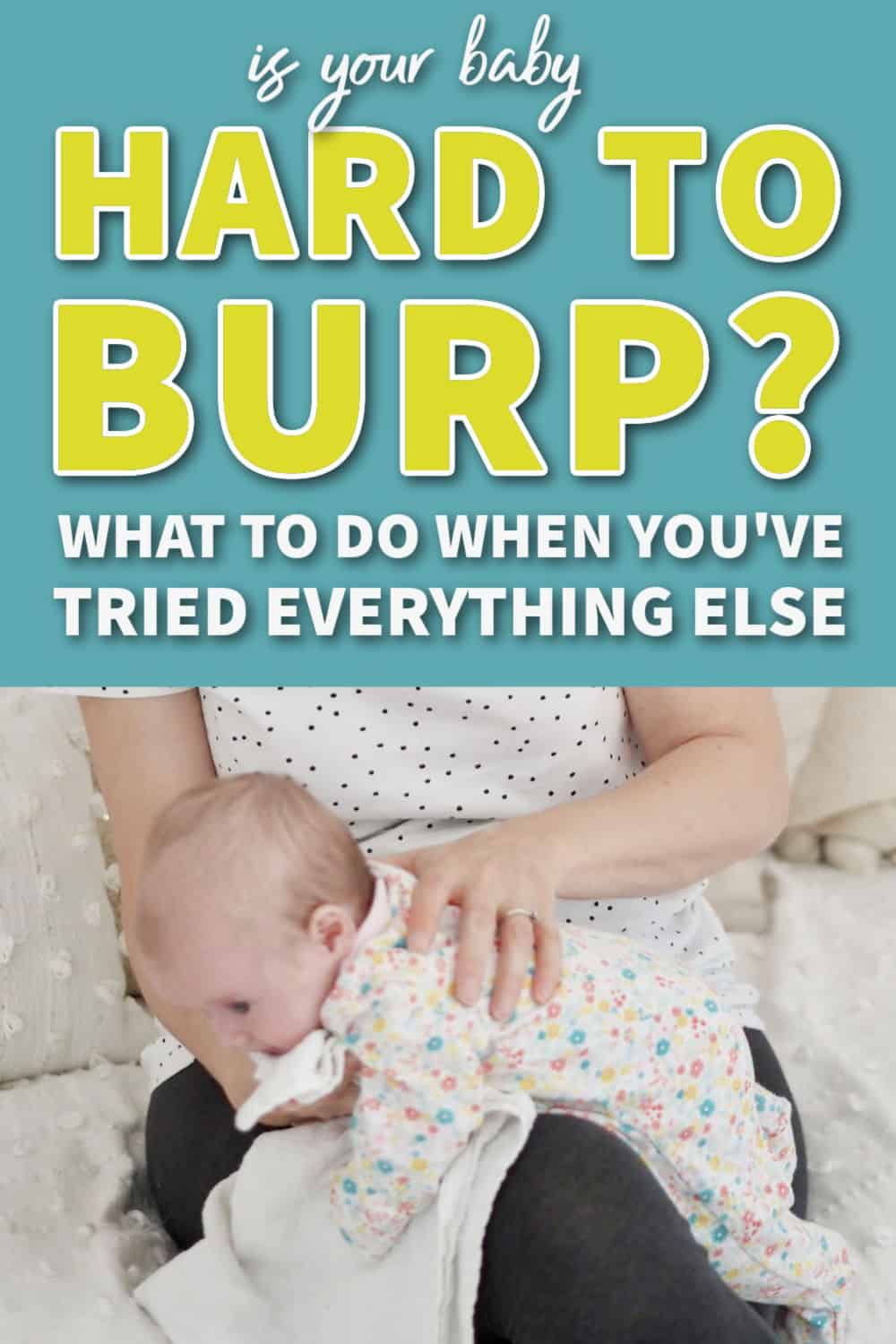The first few weeks and months with a new baby can be pretty hectic. Feeding, feeding, feeding interspersed with many diaper changes and (hopefully) some naps!
But around the end of the third month, when the 4th trimester is nearing the end, all THAT baby admin eases just a little.
You may find you have a little breathing space and are wondering, what to do with your 3-month-old all day? Or, how to play with a 3-month-old?
Here, we’ll share variety of simple and fun developmental activities specifically designed for 3-month-old babies.
These baby activities aim to support their cognitive, sensory, physical, and social-emotional development, while creating moments of joy and connection.
Exciting times ahead!
Prepare for lots of smiles and get ready to embark on a journey of discovery and growth with these engaging and fun developmental activities for three month old babies.
Table of Contents
ToggleHow do I entertain my 3 month old all day?
To entertain your 3-month-old throughout the day, incorporate a few minutes of interaction, play and exploration when you can. Activities for a three month old baby need to be short and sweet, a few times every day as your baby will still take plenty of naps and eat often.
Engage in activities that stimulate your 3-month-old baby’s developing senses and help build fine and gross motor skills, such as those listed below.
Your baby will also be happily entertained by accompanying and observing you as you go about your daily tasks.
How to play with a 3 month old baby at home
When playing with a 3-month-old baby at home, focus on activities that encourage motor skill and sensory development.
This can include a few minutes of tummy time, using new and interesting items with different textures and providing colorful age-appropriate toys to engage their senses. Incorporate singing, talking, and cooing to promote language development and bonding.
Remember to follow your baby’s cues, allowing for rest and sleep as needed, and provide a safe environment for playtime and activities.
Tips for doing activities with your 3-month-old baby
Here are a few tips for doing activities with your three month old:
Look for cues that baby actively wants to play
- purse lips, coo, babble, smile
- bright eyes, relaxed breathing and facial expression
- open eyes wide and try to make eye contact
- turn and look towards sounds
- relaxed body with slow, smooth body movements
- actively responds to you when you engage
Watch for cues that baby has had enough
Watch for these signs that your three-month old is tiring and needs a break and/or to go go sleep:
- lose interest in surroundings
- not want to hold eye contact
- curl into the fetal position and/or become still
- suck fingers, thumb or hands
- yawn
- rub eyes and ears
Start with short sessions
Young babies are easily overstimulated and tire quickly. They need to sleep in the day and can only manage short periods of time awake.
So a few minutes may be plenty for an activity for a three month old. Of course, some activities will be more tiring and/or stimulating than others.
So start with short activity sessions and gradually increase the duration to longer stretches as your baby grows and is seeking more engagement.
Use gentle and slow movements
Keep in mind that your baby’s motor skills are still developing. Start with gentle, slow, and controlled movements when playing or interacting with them to avoid overstimulation or discomfort and build from there.
Incorporate repetition
Babies thrive on repetition and familiarity. Repeat songs, rhymes, and activities they seem to enjoy. Make some activities part of your daily routine with your three month old to develop a sense of predictability.
Stay safe and supervise
Always prioritize safety and ensure objects have no sharp edges or small parts. Always stay within arms reach of your three month old.
Remember that every baby is unique
Adjust activities and techniques based on your baby’s individual preferences and developmental progress. Let them go at their own pace.
Enjoy it and take plenty of pictures!
Remember to relax, have fun, and enjoy the precious moments spent with your baby. Cherish the opportunity to bond and witness their growth and development during these early months. And keep your smart phone or camera within reach!
What do 3 month old babies like to play with?
At 3 months old, babies like playing with materials and toys that stimulate the senses. They are particularly drawn to objects with bright contrasting colors, different textures, and gentle sounds.
Three month olds enjoy playing with soft items that they can grasp or squeeze. A favorite toy of my babies at this age has been the crinkly ones.
But the world is your oyster. If you’re wondering how to play with a 3 month old, then grab any toy or items that make new and interesting noises. These will intrique a young baby.
They’ll also enjoy looking at simple board books and lying under a colorful mobile.
3 months old baby milestones
Here are some typical developmental milestones to expect in your 3-month-old baby. The fun activities for three month olds listed below will help your baby reach these milestones.
Remember that every baby develops at their own unique pace, so don’t panic. But if you do have any concerns, consult with your pediatrician or healthcare provider.
Hearing & Vision
Following objects or people moving in their field of vision from side to side. Turning their head at familiar sounds, like the sound of your voice.
Social skills, language skills and communication
Starting to smile and interact more with familiar faces, responding to smiles and voices.
Cooing, making various vowel sounds and experimenting with different vocalizations.
Gross motor skills
The head wobble is gone! Or very nearly. A three month old will or will nearly have the neck strength and head control to hold their head steady when upright or during tummy time.
Pushing legs against a firm surface when held by the trunk.
Fine motor skills
Beginning to reach for and grasp objects or try to bat them. Exploring hands by bringing them to their mouth. Opening and shutting hands.
Nearly every activity you offer your baby will offer some form of sensory exposure and experience. Here are some simple and fun sensory activities for a three month old baby that focuses mainly on a tactile and auditory experience.
TOUCH stimulation & sensory activities for a 3-month-old
Sensory play and sensory activities are important for kids and you can start from birth. Purely by being out in the big wide world, your baby will be exposed to a vast array of new sensations.
Here are some 3-month-old baby sensory activities to encourage and expand exposure, starting with their sense of touch.
Touch is important for bonding, cognitive development and also for movement. Touch is, in fact, the starting point for movememnt. It’s through touch that babies develop body awareness.
Deep pressure touch is the most effective way to calm and relax your baby, since this is the sensation they experienced in the womb. This is why swaddling, holding baby close and baby wearing is the most effective way to settle your baby and help them fall asleep.
There are plenty of tactile sensory activities for three month olds that will stimulate rather than calm. These are things you can try when baby is content and alert and giving you signs they want to engage in play.
1. “Round and round the garden, like a teddy bear”
Simple baby action songs like this are an ideal activity for three month olds.
Trace your finger on baby’s palms and very gently but firmly walk your fingers up her arm. Watch your baby’s reaction for the tickle part of the rhyme as this light touch may irritate.
Another good one is ‘This Little Piggy’ as you count your baby’s toes.
Both of these tick another box when it comes to baby’s development; the language benefits of hearing these rhymes too.
2. Sensory balls
Introduce different textured balls, such as a soft plush ball, O-ball, or ping pong ball for your 3 month old to touch, hold, and explore.
You could also make sensory balloons by filling a balloon with different materials from the kitchen, like flour, oats or corn kernels.
(They’re a little egg-shaped, making this a perfect easter activity for babies.)
3. Soft fabrics
Lie your baby on variety of soft fabrics, such as satin, fleece, or velvet. Strip them out of their clothes so they’re just in their diaper and can feel the material against their whole body. Lie them on their back or try a different fabric every time you do tummy time.
4. Feather tickle
Gently stroke your baby’s skin with a soft feather or a feather-like object to provide a light tactile sensation. This activity for three month olds should get some different facial expressions going.
Light touch like this can be irritating so only continue if your baby is enjoying it. Hopefully you’ll get a smile!
5. Baby massage
Massage is a form of deep pressure touch that can both calm and stimulate your baby’s senses. It’ll help baby develop awareness of their own body which in turn helps develop spatial perception.
Baby massage can also help with the discomfort of trapped wind. Likewise it can help get things get moving is baby is struggling to poop. Read all about the benefits of baby massage here.
Here’s a great video with some pointers on getting started with baby massaage.
6. Water pouring from different objects
Most babies love splashing and playing in the water. If so, this is an easy activity for bathtime, one you may already doing.
Simply gently pour water over her tummy. You can experiment with different intensities and temperatures of water too (within a reasonable range of course).
Try with a toy watering can, by squeezing a sponge or using water or sand toys with multiple holes or water coming straight out the tap. Each will have a different and interesting sensation.
7. Soapy leg stretch
Here’s a great activity for 3-month-olds that’s happy to lie in a bath chair when bathing. When soaping your baby massage and stretch out her arms and legs, one at a time.
When you’re done massaging each arm, end with a little hand rub. Then do the same with the each leg, ending in a bit of a foot massage.
(Sounds like heaven, doesn’t it?!)
8. Wet sponge squeeze
Here’s another one for bathtime. Soak a small sponge in water and let your baby hold and squeeze it. Your 3-month-old may successfully squeeze water on herself helping to develop cause and affect reasoning.
9. All over raspberries!
Here’s a simple and fun activity for your three month old straight after their bath, before getting them dressed. I would recommend putting on a diaper first. The last thing you want is a faceful of wee…
Blow raspberries all over your baby’s tummy, arms, legs, feet, in those cute neck folds, arm pits… wherever you can find enough room to make a good noise!
VISUAL Sensory activities for 3-month-olds
Your baby’s vision at birth is really poor – blurry and in shades of grey. This is because they’ve had almost no light exposure in the womb.
Vision develops rapidly however and while at first is completely reactive i.e. moving eyes in reaction to the environment. By around 2 months babies will consciously move their eyes and “track” or follow items of interest.
When it comes to visuals soft, muted colors will help to calm and settle (hence bringing color into the nursery with pastels). To help baby settle to sleep and sleep well, dim the lights and use good blackout curtains.
On the flip side, bright colors and bright lights are stimulating..
Just by being awake in the day and looking around them, your baby is getting plenty of visual stimulation. And all the activities you do with your three month old will have a visual element.
But if you’re wondering what to do with your 3-month-old to specifically aid visual perception and descrimination, here are some things to try.
10. Pull faces!
Your baby will love studying your face, particularly when feeding. This is the distance at which babies focus best at first.
You can encourage focus by animating your face when you talk and pulling funny faces. Yeah, I know, motherhood gets us doing some odd things!
Likewise, allow your baby the opportunity to study other familiar human faces – I’m sure you’ll have plenty of volunteerrs to hold your little one.
11. Look at family photos around the house
Take a walk and show your baby different photos of family members. Allow your 3-month-old the chance to try to focus on any she shows interest in.
12. Show your baby high contrast toys and books
Most mobiles and baby toys are colorful and bright – it’s a case of the higher the contrast, the better. There are also books specially designed for babies with black and white patterns and pictures.
In the UK some of these books were included in our free welcoming baby pack, but you can easily recreate your own black and white stimuli with paper and pen.
13. Lie your baby under the trees
Obviously this is weather and environment permitting, but your 3-month-old will love watching gently swaying branches and leaves. You may even find they fall asleep!
14. Lie baby next to or sit with them in front of a mirror
Mirror play is great for babies – it’ll be some time for them to realise that it’s their own reflection they’re looking at. In the mean time, a mirror will entertain and engage your 3-month-old and help them improve their focus and tracking skills as they move in front of it.
Unbreakable mirrors are often included in mobiles an play mats so your baby can enjoy them during other activities such as tummy time.
SMELL sensory activities for three month olds
Taste and smell are highly developed at birth – better than ours in fact. But their exposure to different smells and tastes is very limited. For this reason, new, strong smells will be highly stimulating and can easily irritate.
By 3 months old your baby should have got used to the immense variety of different smells their exposed to simply by being at home and taking trips out with you.
When it comes to taste, of course babies only drink breast milk. However you can expose them to different flavors if you’re breastfeeding, simply by eating a varied diet. Research has shown that familiar flavors babies are exposed to while breastfeeding, are favored when it comes to weaning (source).
Anyway, back to smell! There are some simple ways to offer your three month old the opportunity to experience different smells.
15. Cook with your baby
Well not literally! But if you can try to cook while your baby is in the kitchen every so often they’ll enjoy new smells frequently. Of course, if you have other children, the likelihood is your baby will be awake and aware while they’re eating.
But if your kids are anything like mine, they’ll have a limited repertoire of foods they eat! If this is the case, on the odd occasion that you cook something with a little more flavor and spice, have your baby close enough to have a sniff.
16. Guided spice tour
Sounds a very posh activity for a three month old, doesn’t it? Well, all you need to do is get your spices out the spice rack or cupbaord, take the lids off or open them and hold them near enough your baby to smell.
Be careful not to get too close and stay away from anything hot or violent – you don’t want your little one to get a load of chilli powder up their nose…
Gross motor & MOVEMENT activities for 3-month-olds
For young babies, movement stimulation and gross motor activities starts with the experience of being moved. This means exposing your three month old baby to movement as well as giving them the chance to move.
This will help develop muscle tone plus balance and coordination. Eventually your baby will be able to control their own movement.
When it comes to calming versus stimulating sensations: gentle, rhythmical movements will calm and soothe. Hence why the gentle movement of a rocking chair will help settle them and help your baby fall asleep.
By contrast, quick and jerky movements will alert or even irritate.
If you’re wondering what to do with a 3 month old baby when awake, try one of these movement activities:
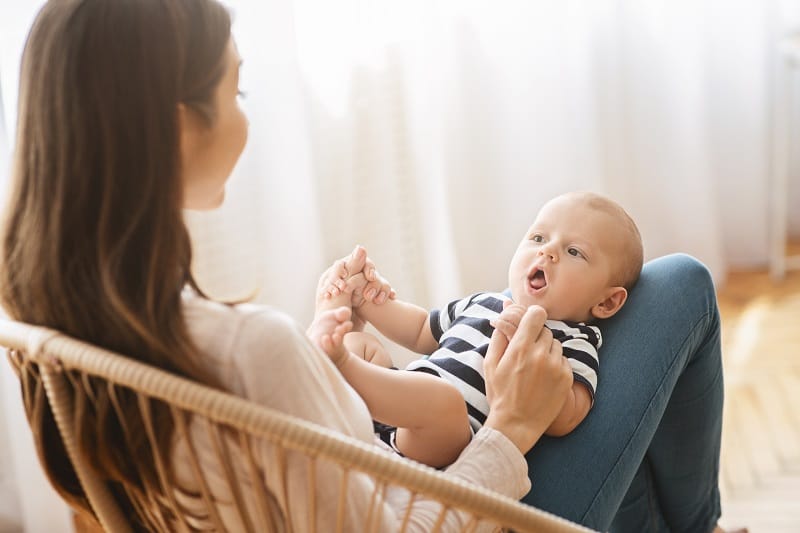
17. Baby arm crossing
Prop baby up on the incline of your legs and hold your baby’s hands in yours, as in the above photo. Then simply cross their arms to the opposite side rhythmically, a bit like an aerobics class for babies.
My dad discovered this one and it became his most useful (perhaps only?) skill with both of my babies. If baby was crying she would stop. If she was happy and content, she would smile in delight!
18. Baby bicycles
Similar to crossing their arms, you can try bicycling their legs. The gentle pressure on the abdomen may also help relieve trapped wind.
19. Baby sit-ups
A simple activity for three month olds that involves moving your baby from lying on her back to sitting up. You can do this by lifting the blanket she’s lying on, or holding her hands.
This will help develop those all-important core and trunk muscles.
20. Kick about lying on back
There are many activities for your three month old that need no outside props yet are developmentally beneficial. This is one of them.
You simply lie your baby on the floor on a firm yet soft surface (carpet or rug) on her back. This gives your 3 month old the freedom to move naturally, to kick legs and flail those arms as she pleases.
This freedom is important, helping to build muscle tone and coordination.
If your baby isn’t used to such freedom and is quickly worried or agitated, then start with a few minutes while you’re close by and build up to longer session.
I’ve always offered my babies a few minutes to have a kick about diaper free before getting in the tub.
21. Baby Gym or DIY Activity Center
A baby gym or activity center with hanging toys is a great investment for young babies. They will enjoy attempting to bat the toys, promoting the motor skills in their hands and arms.
The toys normally detach and offer different tactile sensations and noises too providing another sensory activity for your 3-month-old.
I love this one pictured, from Forest Friends….
However, it’s easy to create your own activity center, by hanging different items, like silicon kitchen utensils, scarves or other suitable things from a table and lying your baby underneath. Obviously be extremely careful there’s no chance of anything becoming loose and dropping onto your baby.
22. Supported sitting
Hold your baby in a sitting position on your lap, so your lap is a chair and they face away from you.
Alternatively sit your baby across your lap, facing either left or right and support them with a hand either side of their torso.
This will excercise and help build different muscles yet again.
23. Bouncing!
If you have a bouncy chair, then you probably regularly bounce them to help settle them. This is the kind of regular, rhythmical movement that babies like.
They may also enjoy to kicking and making the chair bounce. My little boy twin had this down to a fine art and was so happy bouncing away.
Of course, your baby shouldn’t be strapped into their chair for lengthy periods, but if your baby enjoys the bouncy chair and is getting plenty of physical excercise, let them go for it a few times a day.
24. Dance moves
Put some music on, hold your newborn firmly or carry them in a baby sling and get moving. Experiment with different tempos of music and different styles. Or just put on your favorite tunes and enjoy!
Another good activity for three month olds that you’ll enjoy too.
Fine motor activities for three month olds
Babies have very little in the way of fine motor skills at this age. Their gross motor skills will improve and develop first, so be sure to include some of the developmental activities for three months old from the previous section on a daily basis.
At 3 months of age, babies are still becoming aware of their hands and learning how to use them in a controlled manner. They’re in the discovery stage!
This learning includes being able to open and shut their hands and to grip and hold small items.
So if you’re wondering what to do with your 3-month-old to help develop their fine motor skills, here are a few ideas .
25. Clap baby’s hands together
This helps your baby become better aware of their hands. You can try clapping their hands while enjoying other developmental activities with your three month old baby, like singing songs or reading nursery ryhmes together.
26. Offer your 3 month old items to hold
Small soft toys, such as those from an activity gym, are ideal safe items for your baby to practise holding. As are weaning spoons, teething toys, duplo blocks or other kitchen utensils.
27. Encourage them to reach and grab toys
You can then hold a toy just out of your 3-month-olds reach, encouraging them to reach and grab them. This will also help develop their hand-eye coordination.
28. Play with a balloon
Yup, it’s not only bigger kids that love balloons! If you’re wondering how to play with a 3 month old with a balloon, the easiest way is to hold or tie one within their reach. Then encourage them to bash it. You can also bat the balloon around in front of them – a good excercise in visual tracking.
29. Hand and foot finders
If you’re wondering what to do with a 3 month old when they’re lying on their back, this is a good one, that also helps them to learn where their hands and feet are.
Hand and foot finders, or rattles, attach to the wrist or ankle and rattle when the arm/leg is moved.
Your 3-month-old will also learn in time that kicking their leg or waving their arm, is the reason for the noise, helping to develop the concept of cause and affect.
Tummy time activities for 3-month-olds
Tummy time is vital in getting the neck, shoulder muscles, arms and core muscles working and developing, preparing baby for crawling and then walking. More on the importance of tummy time here.
Unfortunately, not every baby enjoys tummy time – if yours is one of those, the key is to keep sessions short (start with just a few minutes each time) and try lots of different ways.
Tummy time doesn’t just mean putting your baby on their front on her play mat and walking away (tempting as it is to go make yourself a cup of tea…)
Including a variety of different tummy time activities for your three month old also the opportunity to practice different skills and experience different sensations from a different perspective.
Lying on the front can also help your baby burp or simply alleviate a gassy tummy. It’ll also help soothe if your baby is colicky.
30. Tummy Time on Parent’s Chest
Lie down on your back and place your baby on your chest on their tummy. This provides closeness and support to your baby if they lack confidence during tummy time.
It’s also a lovely way to interact and bond with your baby in a completely different position. Talk or sing to your baby while they study your face. They’ll love it!
31. Tummy time pillow
You can buy a special tummy time pillow (sometimes they come with activity gyms and/or play mats) or you can use another small pillow. A nursing pillow also works well.
Simply place it under your baby’s chest to elevate them a little.
This is a good way to ease them into tummy time and allow your baby to build up strength before being able to manage time on their front unaided.
You can then place items of interest in front of the pillow within their reach. Like soft toys or a sensory playmat…
32. Sensory Playmat
Provide your 3-month-old with a playmat with different textures and items of interest such as crinkly fabric, ribbons, or patches of different materials. They’ll enjoy touching and explore it while lying on their front.
Language, hearing and socio-emotional activities for a 3-month-old baby
A newborn’s hearing is as good as an adult’s and memory for sounds is good. At birth, your newborn will quickly recognize your voice and other sounds she heard while in the womb.
At around 3 months your baby will start to try and mimic sounds and coo; this is the basics of communication and the first step in language development.
Gentle, rhythmical sounds help calm baby as does the dull consistency of white noise, while irregular sounds and loud noises may stimulate and irritate.
If you’re wondering what to do with a 3 month old baby at home to help language and social development here’s some inspiration. However, it’s such a natural thing to interact with your baby socially, you’re likely to be doing some of these fun activities for a three month old baby already.
33. Copycat noises
At around 3 months your baby will start to try and mimic sounds and coo. This is the first step in language development. You need to coo and talk back! It may feel silly but this is so important and easy too, once you’ve let go of any inhibitions.
Simply respond to their vocal expressions and other funny sounds your baby makes with smiles and words.
You’ll probably find yourself naturally using a higher pitch and soothing tone. This baby talk or ‘parantese’ is another of mother nature’s clever tricks. Talking in this way encourages baby to listen and is most effective in aiding language development.
34. Sing lullabies & read nursery rhymes
Sing soft lullabies or nursery rhymes to your baby, providing a soothing and comforting experience while introducing them to the melody of language. Your baby will love listening to you and enjoy the rhythm of the different inflections of your voice.
35. Reading stories
At 3-months-old, reading is more about introducing a wide variety of different words to your baby. Good language development comes from exposure to… yup, good language!
Simple board books with colorful pictures add another sensory dimension to the experience, giving your baby something new and interesting to look at too. But really, any book will do when it comes to hearing a wide range of vocab.
So if you haven’t done so already, include story time in your daily schedule. It’s normal to read stories at bedtime, but any time will do.
36. Peek-a-Boo
If you’re trying to think how to play with a 3 month old anywhere and everywhere, no probs (or brainpower!) needed, peek-a-boo is a must.
Simply cover your face with your hands or a blanket, then reveal yourself with a smile. This will foster a sense of anticipation, surprise, and social interaction and will hopefully get you a smile or two!
37. Gentle touch and cuddling
Provide gentle touch, cuddling, and skin-to-skin contact, which promotes a sense of security, trust, and emotional well-being.
38. Baby sign language
Introduce simple gestures or signs, such as waving bye-bye or blowing kisses, to facilitate early communication and understanding between you and your baby.
You could take this further when your baby is older and take them to a baby signing class, which will help you teach your baby to communicate with you before they can speak.
39. Play classical music to your baby
Classical music can calm and stimulate your three month old, depending on what you choose.
For calm and relaxation, music from the baroque period is said to be best due to its slow tempo and rhythm similar to the Alpha rhythm of the brain. So try some Bach or Handel:
Your baby may also enjoy music from the classical and early romantic periods so try composers such as Mozart, Beethoven, Chopin, Vivaldi, Haydn:
Some of these will be more suitable for when your baby is awake and alert rather than during your bedtime routine or when sleeping, as they’re more fast-paced.
Of course, the benefit of classical music to babies has not gone unnoticed by those in the music business!
However, there is definitely an advantage in buying a music mix designed for babies. You can be sure that won’t be any pieces with loud crescendos or fast frantic sections, not what you want when trying to help your baby sleep.
40. Use your baby’s name
Your baby’s name is the first thing they’ll learn, so ensure you use their name as much as possible.
This is really easily done if you frequently talk to your baby: “Come on Harry, time to go for a bath!” or, “What’s that smell Harry, do you need a diaper change?”
You can also incorporate your baby’s name into songs that you sing.
Brain development activities for 3 months baby
Cognitive activities are those that engage and stimulate a baby’s thinking, problem-solving, and learning abilities. If you’re wondering what to do with a 3-month-old to help the development of these skills, then these simple learning activities will help.
41. Flying objects
Use toys or bright colored objects to encourage your baby to visually track and follow the objects. This will support their visual perception and entertain them too.
42. Stacking toys
Don’t worry, you’re not expecting your 3 month old to be able to build towers or anything like that! At this age you can use stacking cups and other toys to help your baby develop an understanding of spatial relationships and concepts like size, shape, and quantity.
It won’t be too long before your baby is able to build and stack so a simple set of blocks or plastic cups are a worth and inexpensive investment.
We have these Melissa & Doug Alphabet Stacking Blocks which are brilliant for tall towers and a set of plastic stacking cups that now get used for water and sand play a lot.
43. Books & toys with buttons/sounds
Toys that produce a response when pressed or activated are an easy way to teach your baby about cause and affect, i.e. that an action has a specific outcome.
As well as singing toys, there are plenty of board books with buttons for songs or other noises to accompany the story. These allow you to incorporate a bit of literacy into the play.
Try Baby’s First Playtime Songs. There’s a button for every song in the book.
Or Busy Noisy Farm with a sound for all the different animals on the farm.
Reading and interacting with these books and toys will be a fun activity for your three month old that they’ll continue to enjoy well into the toddler years.
44. Roll a ball
Demonstrate to your 3-month-old that when pushed, a ball will roll. This will also help to develop cause and affect reasoning.
Rolling a ball will also encourage and strengthen visual tracking skills.
You can then incorporate balls into other activities as your baby grows. You could use a ball in tummy time when your baby is stronger and more confident positioned on their front.
45. Locate the sound
Help your 3-month-old practice locating a sound with new sounds close to but not immediately in front of them. If you don’t have a baby rattle, shaking spoons in a tupperware or something similar will give your baby a sound to turn towards.
For more sanity-saving tips and advice for babies, check out:
- Baby sleep strategies: How to help your baby sleep through the night in 10 steps (NO CIO)
- How To Keep Your Baby’s Hands Warm At Night (10 Practical Tips)
- 24 Game-Changing Newborn Hacks For First-Time Parents
Montessori activities for 3 month old
If you’re wondering what to do with a 3 month old during the day to fit with the Montessori ethos, here are a few activities to try. And don’t panic, they’re terribly simple and don’t involve doing much at all!
At this age, we can focus on the “practical life” Montesorri concept. This focusses on looking after ourselves and our environment. Otherwise known as chores!
If you have kids, there are a billion of these to do at any one time. Having your baby with you and observing as you go about these chores is all it takes.
It’s also not too difficult to incorporate nature and the great outdoors into your 3 month olds day, weather dependent of course.
46. Folding laundry
There are many chores to pick to allow your baby to see some of the practicalities of life. Why folding laundry? Well, you can do this anywhere and at any time, fitting it to you and your three month olds schedule.
Sit your baby in their bouncy chair and fold the laundry right there in front of them on the floor. Or lie them on their back while you’re in sight folding at the table.
Not only is your baby observing you , but you can throw in a few other good developmental activiteis for your three month old in the process:
- tell your baby what you’re doing
- give them small items like socks to hold, allowing to practise gripping
- offer them materials with different textures and weights to experience new sensations
- whistle, or sing, while you work!
Somehow it will make this rather thankless task a little more joyful!
47. Putting away clothes
After you’re done folding, it’s time to pack everything away – even more tedious in my opinion!
But this can be a fascinating experience for a 3 month old baby as they get to move from one room to another, filled with completely different sights and sounds.
It may take a little longer with your baby accompanying you, but for the extra stimulation and engagement, it’ll be worth it.
48. Nature observation
Take your 3-month-old baby outdoors and let them observe nature’s sights, sounds, and textures. Show them different plants, let them touch the grass and encourage them to hold hold small items, like pine cones, leaves or a clump of moss.
Watch and listen to the birds and keep an eye out for squirrels and other wildlife, narrating what you can see to your baby.
This is a lovely activity for three month olds that will do you the world of good too. There’s nothing better than reconnecting with the natural world. Try to stop, listen and spend time in the moment.
Things to do with a 3 month old outside the house
Getting out and about, whether on foot or by car, provides a break from the usual indoor environment. It’ll stimulate your baby’s curiosity, as they experience new environments. It’ll also do you the world of good too.
With a three month old, there’s always a lot to do, yet if your baby is waking up a lot at night, finding the energy and motivation to get stuff done can be a struggle.
I found that even after an early start, due to you know who waking at sparrows, leaving the house would give me a new lease of life.

49. Go for a walk
Just like observing nature in the previous 3-month-old activity, a simple stroll in the buggy will expose your baby to different sights, sounds and smells. This time, the focus can be anywhere and everywhere that’ll provide something of interest new and different. And is convenient to you.
A walk along a busy high street, popping into a shop or two if you want, to the park to watch people excerising… it doesn’t have to be more complicated than that.
50. Feed the ducks
Interacting with animals, even at a young age, can help foster empathy and a love of animals. Feeding the ducks allows your baby to observe and learn about animals in a gentle and enjoyable way.
There are plenty of developmental opportunities in this simple activity:
- You can encourage your baby to grip and hold the bread.
- As your three month old follows the ducks as they move and swim, their visual tracking skills are strengthened.
- Talk to your baby about the ducks and what you’re doing, increasing their exposure to new words and expressions.
51. Swing at the park
More swinging, but this time outside. The best way for your 3 month old to enjoy this activity is in a baby sling or baby carrier – they’ll not yet have the strength to sit in a baby swing.
So strap your baby on and swing gently on the swing.
A soothing and calming activity that will help if your baby is getting tired.
52. Mom and baby classes
There are plenty of mom and baby classes to choose from these days. These are as much for moms as they are for the baby! A great way to meet other moms and have (or attempt) some adult conversation.
These classes helped me no end in the early months with my babies. They helped me structure the week and forced me to get out the house even when I really didn’t want to!
Check your local area and facebook groups for classes. Here are some of the ones you may find on offer:
- baby massage
- music and movement
- mom and baby yoga
- infant swim classes
- mommy & fitness (mom work out with baby in carrier or buggy)
- storytime
- play groups
53. Play on a blanket outside
Add a different dimension to lying on a blanket or tummy time simply by moving outside. Your baby will have a completely different environment to observe and experience.
You could even move their bouncy chair, allowing them to view the outdoors from another angle.
If your 3-month-old is happy and content you may be able to hang the washing or even do a bit of gardening!
Ready to have fun with these developmental activities for three month olds?
Hopefully now you’re not wondering how to play with a 3 month old or wondering what to do with them all day. You should now have an abundance of simple developmental activities for three month olds to keep you both busy, engaged and enjoying special moments together.

















